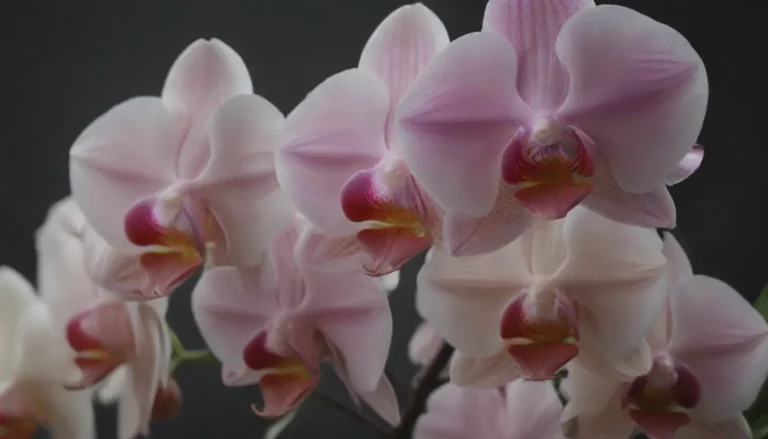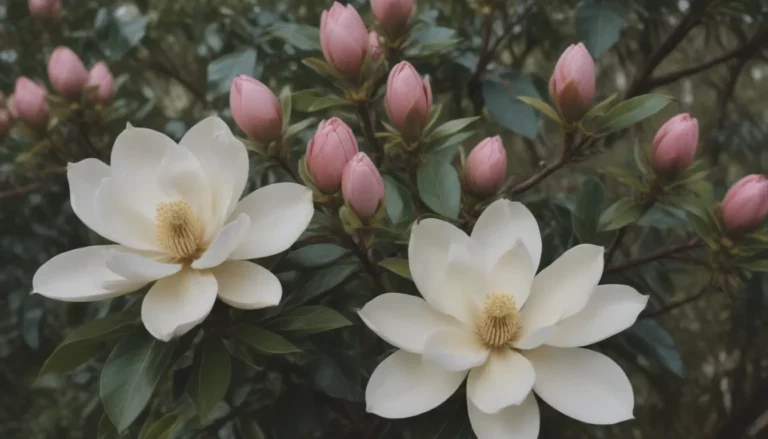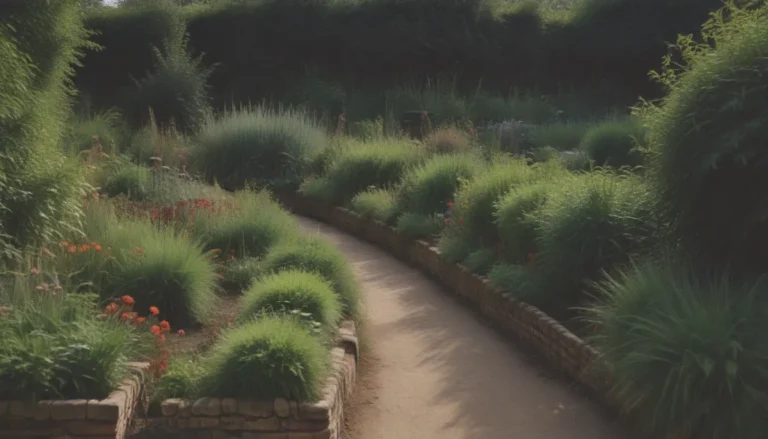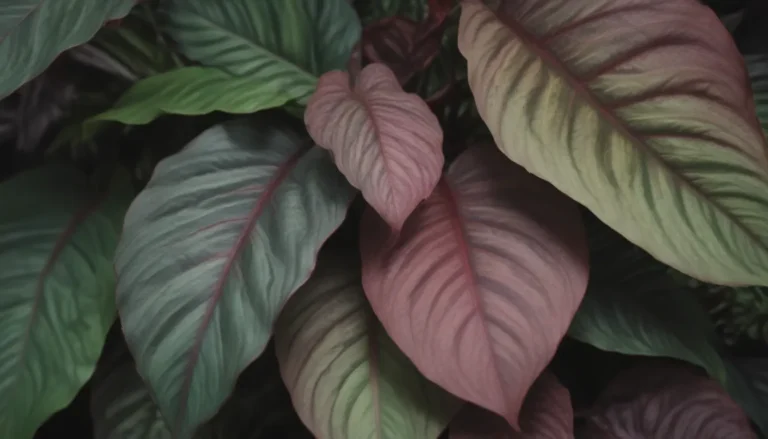Comprehensive Guide to Growing and Caring for Catawba Rhododendron
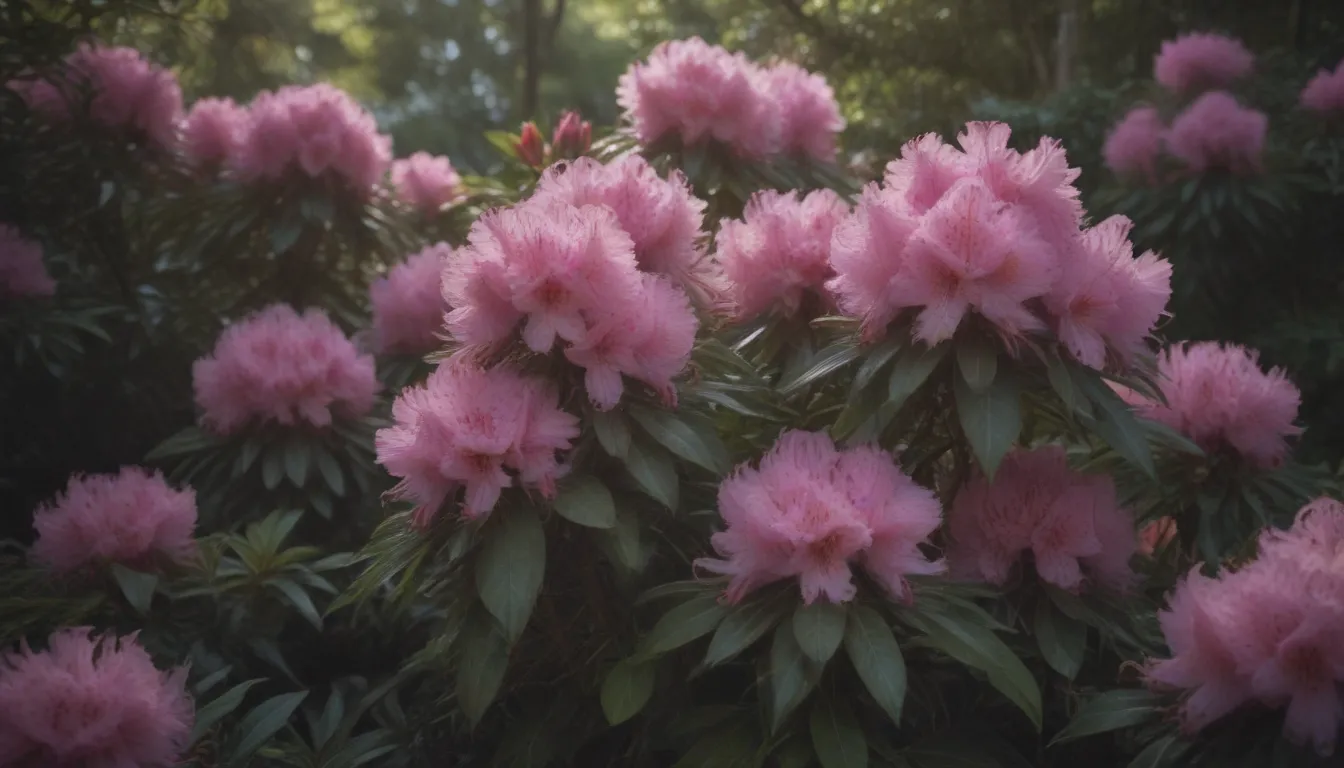
If you’re looking to add a touch of elegance and color to your garden, look no further than the beautiful Catawba Rhododendron. This multi-stemmed relative of the azalea is cherished for its large clusters of lavender flowers and glossy evergreen leaves that provide year-round beauty to any landscape. In this comprehensive guide, we’ll cover everything you need to know about growing and caring for Catawba Rhododendron to ensure your plants thrive and bloom beautifully.
Introduction to Catawba Rhododendron
Catawba Rhododendron, also known as Rhododendron catawbiense, is a slow-growing shrub that thrives in shaded areas with well-drained soil. This shrub can reach heights of over 8 feet when mature, making it an ideal choice for woodland gardens and areas with excessive shade. However, it’s important to note that all parts of the Catawba Rhododendron shrub are toxic to humans and pets, so caution should be exercised when planting and caring for these plants.
Catawba Rhododendron Care Tips
Light
- Give Catawba Rhododendron a little morning sun if you’re at the northern end of its range.
- For those at the southern end of its range, provide full shade to ensure optimal growth.
Soil
- Ensure that the soil drains well to prevent waterlogging, which can lead to root rot.
- If your soil doesn’t drain well, amend it with organic matter to improve drainage.
Water
- While Catawba Rhododendron has average water needs, it’s essential to keep the soil evenly moist without allowing it to become overly wet or boggy.
Temperature and Humidity
- These shrubs prefer cool temperatures and high humidity, so ensure they are planted in a suitable environment.
Fertilizer
- Fertilize Catawba Rhododendron in the spring by incorporating compost into the soil to provide essential nutrients for healthy growth.
Pruning Tips
Pruning your Catawba Rhododendron is essential to ensure a compact shape and promote optimal flowering. Here are some pruning tips to keep your plants looking their best:
1. Prune off dead or damaged branches just after flowering.
2. Trim any branches that disrupt the overall shape of the shrub.
3. Conduct yearly pruning to maintain a healthy and attractive appearance.
Propagating Catawba Rhododendron
Catawba Rhododendron can be propagated using cuttings in late summer or early fall. Here’s a step-by-step guide on how to propagate these beautiful shrubs:
– What You’ll Need: Sharp scissors or pruners, rooting hormone, potting mix.
– Where to Cut: Take a cutting from new growth that has begun to harden.
– Maintaining the Cutting: Keep the cutting in a warm, humid environment until roots develop.
– When to Plant the Cutting: Plant the cutting once roots have established to encourage growth.
Growing Catawba Rhododendron From Seed
While growing Catawba Rhododendrons from seed can be time-consuming, it’s a rewarding process that allows you to propagate new plants. Here’s how you can grow Catawba Rhododendron from seed:
– Collect seeds and plant them in a suitable growing medium.
– Provide the seeds with adequate moisture and warmth to encourage germination.
– Transplant seedlings once they have developed into healthy plants.
Overwintering Tips
In regions with freezing temperatures, it’s crucial to protect your Catawba Rhododendron during the winter months. Wrapping the shrubs in burlap can help shield them from harsh weather conditions and ensure they survive the cold season.
Common Pests and Diseases
Catawba Rhododendrons are susceptible to various pests and diseases that can affect their health and vitality. Here are some common issues to watch out for:
– Pests: Black vine weevils and thrips are common insect pests.
– Diseases: Rhododendrons may be affected by bacterial diseases like crown gall and fungal diseases such as cankers and gray mold.
Tips for Encouraging Blooms
Catawba Rhododendron blooms in mid to late spring, producing large clusters of purple flowers that can last for months. To encourage blooming and prolong the flowering period, consider the following tips:
– Ensure your plants receive adequate light and avoid over-fertilizing.
– Prune your shrubs immediately after flowering and deadhead spent blooms to promote new bud production.
Common Growing Problems and Solutions
While Catawba Rhododendron is relatively easy to grow, you may encounter some common issues along the way. Here are solutions to address common problems:
– Yellowing Leaves: Yellow leaves may indicate alkaline soil; amend with acidic additives to restore balance.
– Wilting Leaves: Wilting or drooping leaves can be a sign of waterlogging; ensure proper drainage to prevent root damage.
Conclusion
Catawba Rhododendron is a stunning addition to any garden, providing vibrant blooms and lush foliage year-round. By following these care tips and guidelines, you can ensure your Catawba Rhododendron thrives and flourishes in your landscape. Remember to provide the necessary conditions, such as proper light, water, and soil conditions, to help your plants reach their full potential. With a little care and attention, you can enjoy the beauty of Catawba Rhododendron in your garden for years to come.
